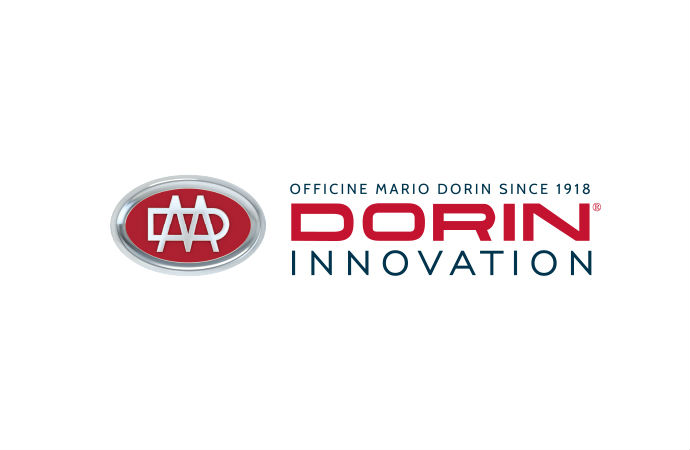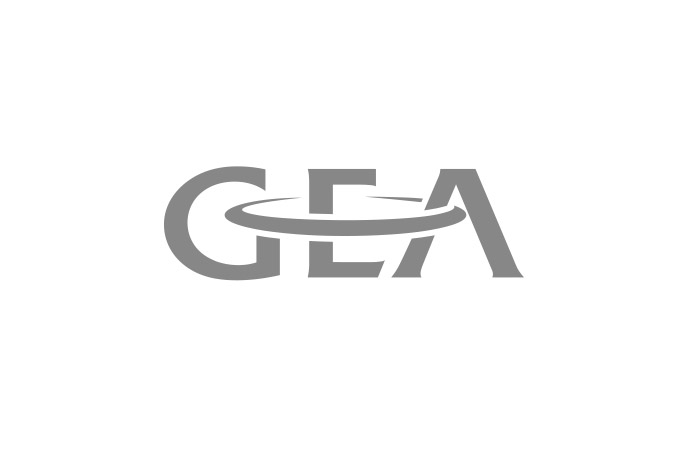The European Commission is now consulting stakeholders on the potential economic, social and environmental impacts of different options for additional reductions of fluorinated gas (f-gas) emissions in the EU, that will put the bloc in the right pathway towards achieving its long-term overall greenhouse gas emission targets.

On this basis the European Commission is expected next year to present a legislative proposal for revising the EU's existing Regulation on fluorinated gases (F-Gas Regulation). “The EU Regulation on fluorinated gases has successfully broken a growing trend in emissions and driven technological innovation. However, making the transition to a competitive low-carbon EU economy by 2050 requires ambitious action to cut emissions from all sectors”, said Connie Hedegaard, European Commissioner for Climate Action. “It is clear there is considerable scope for cost-effective reductions in F-gas emissions and following the public consultation I intend to propose new legislative measures next year."
What the European Commission is seeking views on
The public consultation will gather views and data on the potential economic, social and environmental impacts of different options for achieving additional reductions of f-gases in the EU. A questionnaire put together for the purpose, is indicative of what the European Commission seek views on:
A European Commission report adopted at the same time as the launch of the consultation assesses that already available or emerging low-GWP technologies, including technologies based on natural refrigerants CO2, ammonia and hydrocarbons are technically feasible and can be cost-effective in many applications. “With ongoing research and development constantly improving their safety and performance characteristics and further reducing their cost, such options have the potential to gradually replace technologies based on f-gases with high GWP”, reads the report.
“In the refrigeration, air conditioning and heat pumps sectors, several low-GWP technologies such as those based on existing fluids (carbon dioxide, ammonia and hydrocarbons) have benefited from improvements to their safety, performance characteristics and cost, through innovative optimisations, although in some applications or under specific circumstances these aspects remain an ongoing challenge. These have recently been gaining market shares, in particular in the EU, in many applications including domestic, commercial and industrial refrigeration, some types of heat pumps and single package air conditioning units”.
Next steps
The public consultation is open until 19 December 2011.
On this basis the European Commission will, if appropriate, present a legislative proposal for revising the F-Gas Regulation.
What the European Commission is seeking views on
The public consultation will gather views and data on the potential economic, social and environmental impacts of different options for achieving additional reductions of f-gases in the EU. A questionnaire put together for the purpose, is indicative of what the European Commission seek views on:
- Obstacles to switching to low Global Warming Potential (GWP) technologies
- Preferred types of measures for effectively reducing f-gas emissions, such as an HFC phase down in the EU, banning HFCs in certain applications, establishing EU harmonised taxes on f-gas sales, deposit/refund schemes for products involving f-gases, strengthening containment and recovery provisions of the F-Gas Regulation, encouraging voluntary sector agreements, no further action, etc.
- Suggestions for improving f-gas recovery through strengthening and clarifying existing provisions of the F-Gas Regulation
- Impact of strengthening provisions on industry players and per type of application
- Administrative burden of different options for additional f-gas emission reductions
- Impact of further action on the competitiveness of the European industry
A European Commission report adopted at the same time as the launch of the consultation assesses that already available or emerging low-GWP technologies, including technologies based on natural refrigerants CO2, ammonia and hydrocarbons are technically feasible and can be cost-effective in many applications. “With ongoing research and development constantly improving their safety and performance characteristics and further reducing their cost, such options have the potential to gradually replace technologies based on f-gases with high GWP”, reads the report.
“In the refrigeration, air conditioning and heat pumps sectors, several low-GWP technologies such as those based on existing fluids (carbon dioxide, ammonia and hydrocarbons) have benefited from improvements to their safety, performance characteristics and cost, through innovative optimisations, although in some applications or under specific circumstances these aspects remain an ongoing challenge. These have recently been gaining market shares, in particular in the EU, in many applications including domestic, commercial and industrial refrigeration, some types of heat pumps and single package air conditioning units”.
Next steps
The public consultation is open until 19 December 2011.
On this basis the European Commission will, if appropriate, present a legislative proposal for revising the F-Gas Regulation.
MORE INFORMATION
Related stories













